 I hope you have been following along this year with my Art Around the Ancient World Series. With my co-op class I did a full program that included history, literature (see my living book list for Ancient History ), map skills, art and artifacts and so much more!
I hope you have been following along this year with my Art Around the Ancient World Series. With my co-op class I did a full program that included history, literature (see my living book list for Ancient History ), map skills, art and artifacts and so much more!
Geography Through Living Stories
Every week we would read a living book that I selected for the civilization we were learning about. I gave a brief history lesson and then we took a look at our map and talked about the civilization at that time in history as well as about the modern nation that exists there today. Then we would do our art project and at the very end the children would get a stamp on their geography passports!

End of year display for the year of the course I created and used with my co-op- Lesson plans available in the future!
I think geography is one of those subjects that you can study with intention, but that you can also work into your program without having to buy a text or workbook. Integrating several subjects this way offers your child a base of information from which they can build on. So the next time they read about Egypt or Mesopotamia, they will remember the funny story you read or art project they did with that study and have something for which they can build additional knowledge on.
 In the same way, you can have your child map where their reader take place or use an atlas to gain more information about a location’s people. We’ve been using our National Geographic Student Atlas of the World (Third Edition). You can see my full review on The Curriculum Choice. But there is a 4th edition now available, so if you’re buying new I’d recommend it as it may be more updated.
In the same way, you can have your child map where their reader take place or use an atlas to gain more information about a location’s people. We’ve been using our National Geographic Student Atlas of the World (Third Edition). You can see my full review on The Curriculum Choice. But there is a 4th edition now available, so if you’re buying new I’d recommend it as it may be more updated.
The way we study geography in our homeschool is pretty natural and often integrated with many topics of study and not just in history but in literature too!
I designed the whole Living Stories program I created to correlate with The Story of the World: Vol. 1 because that’s what Mechanical man and I have been using in our homeschool this year. This way we could also benefit from the course at home. I usually read the living books with him along with the chapter they complemented in SOTW. I did the same with the art lessons. You can learn more about how this program follows SOTW by following the Art Around the World Series!
 Art Around the Ancient World- the line up:
Art Around the Ancient World- the line up:
The following lists each lesson by civilization, what each lesson’s focus will be, and the media/project tutorial.
- Prehistory– Cave Paintings– Painting the Ancient Way
- Sumerians – Ancient Writing -Cylinder Seals in Clay
- Egyptians – Egyptian Art – Text as Texture/ Egyptian Headdress
- Assyrians and Babylonians -Near East Metalworking – Babylonian Art Lesson for Kids
- Phoenicians– Ancient Dyes– Purple Batik Cloths
- Hittites and Ancient Israel– TBA
- Ancient Africa– Akuaba Wooden Doll– African Scratch Art
- Minoan and Mycenaean-Greek Mythology Masks-MinotaurPaper Mache Masks
- Persians– Persian Carpets and Decor- Paper Weaving Project
- Ancient China- Tangrams
- Ancient Greece– Pythagorus – Tessellating Jars
- India- Spice JarLayer Art
- Rome- Mosaics






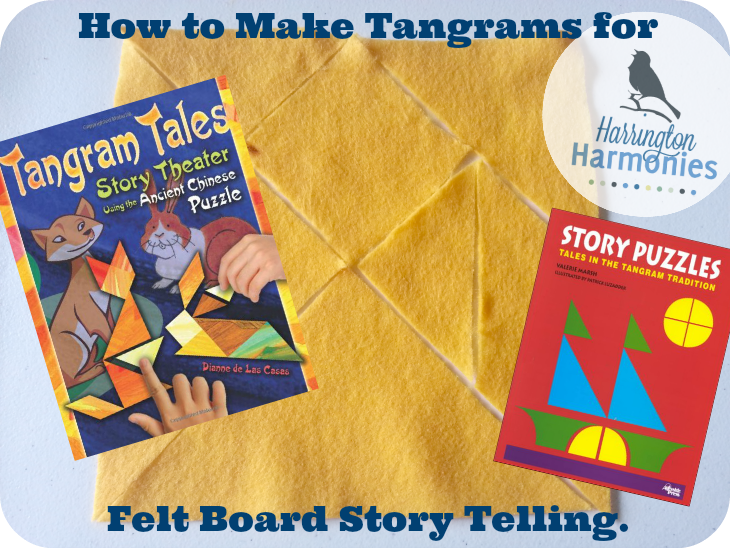
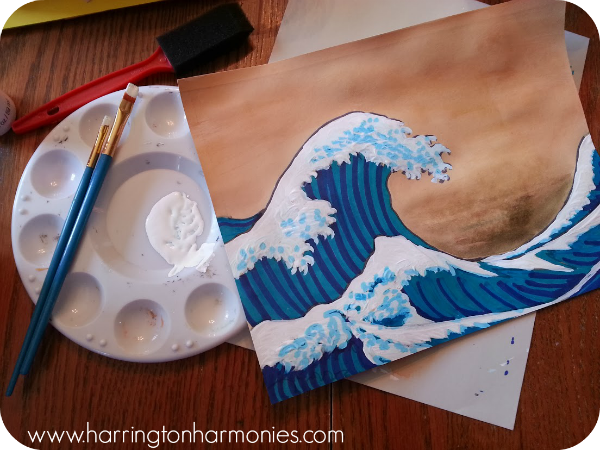


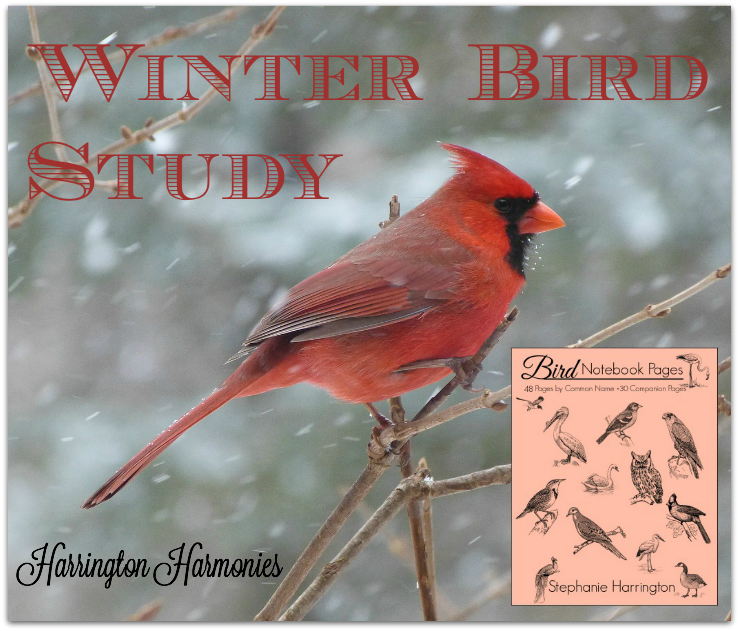





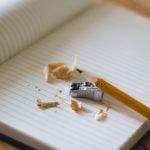
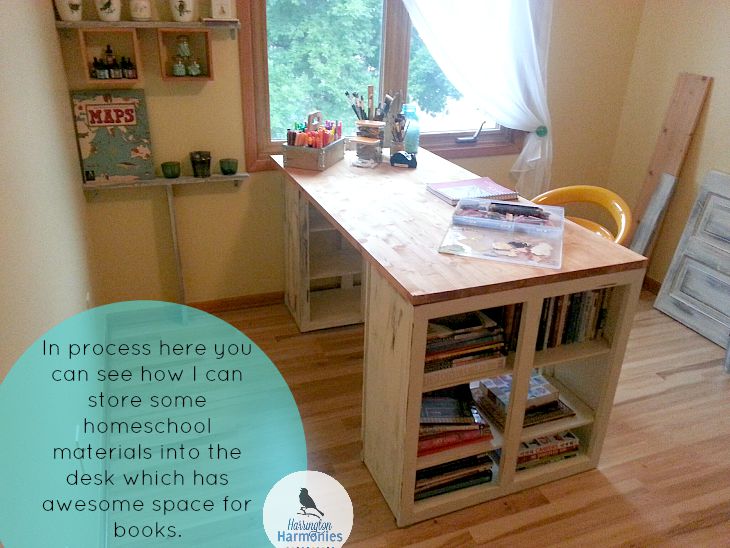






4 Comments
chris
I was wondering where you found the outline for your world map. It’s beautifully done. Truly an inspiration. Did you buy it online or did you trace it from something and paint it yourselves?
Stephanie
Chris the map is actually a World Scrunch Map .It’s really different because you can fold it over and over- it’s a flexible material. It’s not made of paper.It’s so easy to smash into a tiny travel bag the size of about a travel kleenex pack. And it never gets wrinkled or damaged. It’s very cool and was perfect for taking to and from my class!
.It’s really different because you can fold it over and over- it’s a flexible material. It’s not made of paper.It’s so easy to smash into a tiny travel bag the size of about a travel kleenex pack. And it never gets wrinkled or damaged. It’s very cool and was perfect for taking to and from my class!
Sarah Benson Books
I love the way you are making history come alive – the absolute best way for learning to happen in my opinion. The Art Around the World series looks absolutely fantastic. Thanks for all the fun ideas! Do you continue your schooling year round?
Stephanie
We usually do a lighter load in the summer but continue. However, it depends on the year.